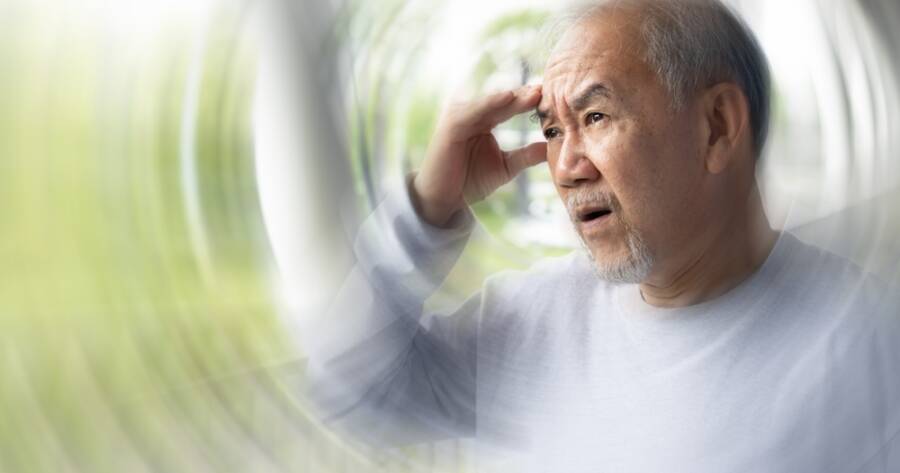Postural Orthostatic Tachycardia Syndrome (POTS) is a complex condition where standing up triggers a rapid increase in heart rate, often causing symptoms like dizziness, fainting, and severe fatigue. This condition can significantly affect daily life, but with proper understanding and a tailored management plan, individuals can learn to control their symptoms effectively. Through lifestyle adjustments, medications, and support from healthcare professionals, many people with POTS achieve improved quality of life and regain their independence.
Understanding Postural Orthostatic Tachycardia Syndrome
Much like Guillain-Barré syndrome, POTS affects the autonomic nervous system, which controls involuntary body functions like heart rate and blood pressure. When a person with POTS stands up, their heart rate increases abnormally, often by 30 beats per minute or more, without a corresponding drop in blood pressure. This sudden change can cause dizziness, lightheadedness, and even fainting.
These symptoms are most common when standing or sitting up after lying down. They can be accompanied by chest pain, headaches, fatigue, or anxiety. 1
Recognizing the Symptoms
POTS symptoms can vary widely from person to person. The most common symptoms include dizziness, lightheadedness, and a rapid heart rate when standing up. Some people may also experience trouble concentrating, often referred to as “brain fog.”
Other symptoms can include nausea, palpitations, and shortness of breath. These symptoms can significantly impact daily life, making it hard to perform routine activities like standing for long periods, exercising, or even walking.
What Causes Postural Orthostatic Tachycardia Syndrome?
The exact cause of POTS is not fully understood, but it is believed to be related to a combination of factors. Some people develop POTS after a viral illness, injury, or surgery. It can also be associated with other conditions like chronic fatigue syndrome, autoimmune diseases, and connective tissue disorders.
Genetic factors may also play a role in the development of POTS. Researchers are still studying why some people develop this condition, while others do not.
Managing Postural Orthostatic Tachycardia Syndrome
A proactive approach is very important when dealing with POTS. In order to maintain your blood pressure and reduce dizziness, a strict regimen of staying hydrated and consuming salt are required. Consistent, gentle exercise, such as biking or aerobics, can strengthen the heart and therefore improve circulation. Compression garments can also be worn to prevent blood from pooling in the legs.
Individuals with POTS can also be proactive by avoiding certain triggers, such as standing for long periods of time or being in weather that can result in dehydration. By maintaining blood pressure and avoiding these triggers, individuals can steer clear of the symptoms and improve their quality of life.
Treating Postural Orthostatic Tachycardia Syndrome
In addition to the lifestyle changes noted above, the treatment approach for POTS also involves medications and physical therapy. A prescription for beta-blockers or fludrocortisone can help to regulate heart rate and blood pressure. 2
Meanwhile, physical therapy can improve circulation and decrease symptoms. A physical therapist may focus on strengthening the lower body, but individuals can add a variety of gentle exercises to their daily schedules. Walking, swimming, and cycling are all recommended to help the body withstand the blood pressure change that occurs when standing up.
Control Your POTS Symptoms
Postural Orthostatic Tachycardia Syndrome (POTS) is a complex but manageable condition that affects many individuals, particularly young women. By understanding its symptoms, causes, and treatment options, patients can take proactive steps toward improving their quality of life.
Increased awareness and research into POTS are crucial for enhancing diagnosis and management strategies. With the right support and care, individuals with POTS can navigate their symptoms and lead fulfilling lives, contributing to a growing community advocating for better understanding and treatment of this often-overlooked condition.
